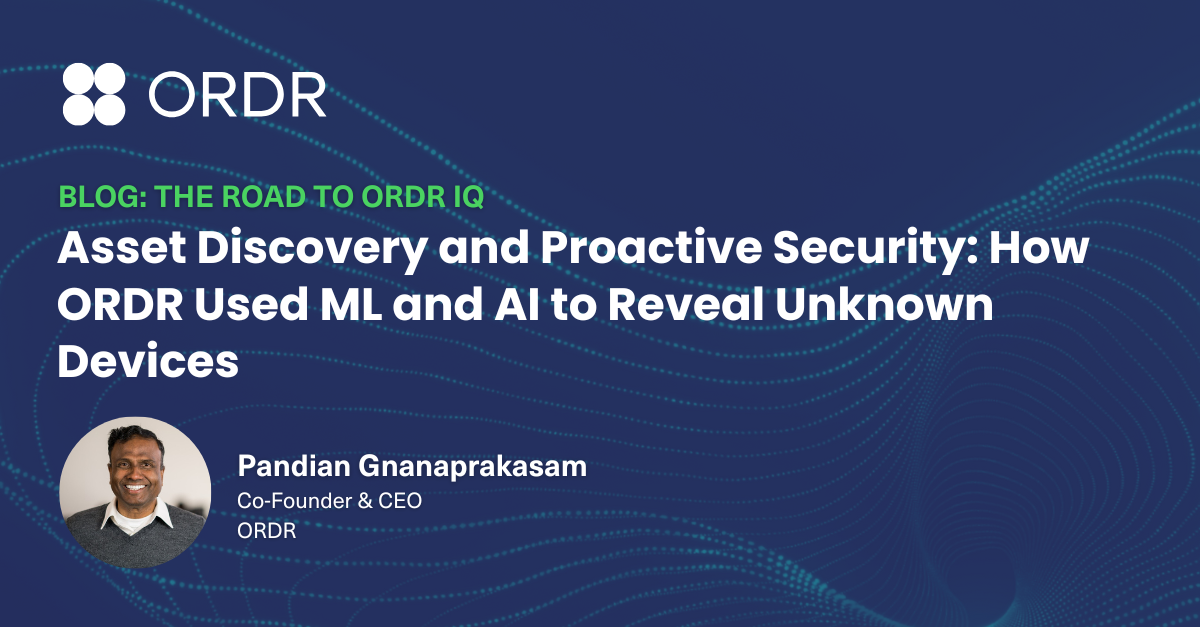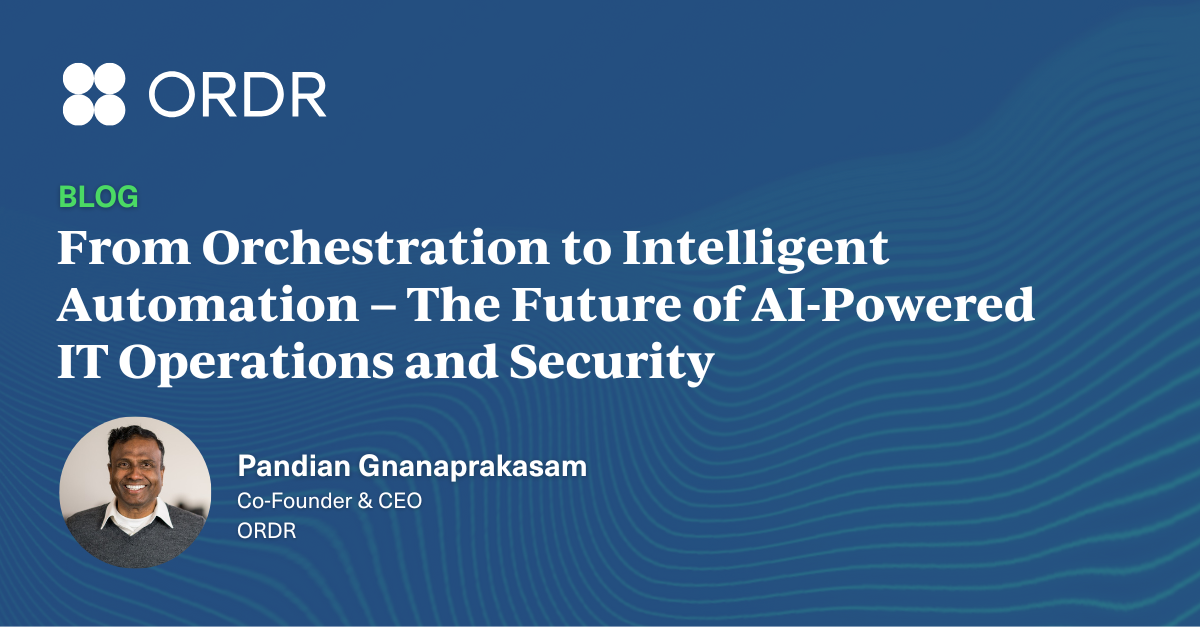The segmentation matrix is broken
If you’ve ever tried to segment a complex environment, you know how messy it can get.
The matrix-style tools — visual grids that map device groupings and traffic flows — most teams use today haven’t evolved to meet modern demands. They rely on rigid device groupings, static profiling, and manual policy creation — while assuming you already know what every device is and how it should behave.
But in modern networks, those assumptions fall apart fast. In fact, our Rise of the Machines report found that 42% of devices are non-IT: IoT, OT, and other unmanaged assets. Device types are inconsistent. Behaviors change constantly. And enforcing policy manually at that scale simply doesn’t work.
The result? Teams are stuck juggling incomplete intel, whether it’s visibility or context, which results in brittle policies, and segmentation projects that never move past the planning phase.
Why the old way of segmenting fails — especially for IoT-heavy and regulated environments
Most segmentation ‘matrix’ tools were built around static ideas: VLANs, fixed device classes, and handcrafted policies.
When relying on segmentation, time is everything — accuracy is the foundation, and the resources required must be measurable. Some vendors try to improve on this with basic profiling — but the data is often inaccurate and incomplete, especially for devices without logins or agents. Most tools were built for half of devices that are user-bound IT assets, not the other half that are medical, industrial, building systems, or otherwise unmanaged.
Without a reliable way to establish device identity based on behavior and context, teams fall back on external lookups that deliver no intelligence at all – no grouping logic, no recommendations. Just a blank grid and a long to-do list.
We hear this all the time from customers, especially across healthcare, manufacturing, and transportation:
- “We don’t trust the profiling — it’s wrong or incomplete.”
- “We can’t simulate changes without risking an outage.”
- “We’re managing policies by hand. It doesn’t scale.”
Here’s where the legacy segmentation model breaks down:
1. Profiling that lacks context — and accuracy
Most traditional tools attempt to categorize devices based on limited attributes like MAC address, vendor strings, or static fields. But in real environments:
- Device types are inconsistent or outright mislabeled
- Behavioral context is missing (What’s it doing? Who’s it talking to?)
- Groupings are rigid, often hardcoded, and lack business meaning
Some platforms try to compensate by ingesting third-party data feeds — but that still assumes accurate upstream visibility, which they rarely have.
What’s missing is the bigger picture: the ability to slice and dice the data by business function, criticality, or location. Operators need to know not just what a device is, but where it sits in the environment and what role it plays. Is it a CT scanner in the ER or a badge reader at a back-office entrance? That context determines how critical it is, what risk it poses, and what protections it needs.
The result? Operators are forced to rely on guesses, generic profiles, or slow data validation from other tools. That’s not sustainable — especially in IoT-heavy environments like hospitals, airports, or factories.
2. Zero embedded intelligence — everything is manual
Other platforms don’t even attempt classification or insight. Instead:
- Operators must define every group manually
- There’s no recommendation engine — just a blank matrix
- No way to simulate outcomes before enforcing a policy
This means you’re managing thousands of devices and flows by hand, with no help in understanding what’s normal, what’s risky, or what action to take.
How ORDR solves what others can’t
Legacy matrix tools fail at exactly the things modern environments demand. Here’s where they fall short — and how ORDR solves those gaps by design using AI:
| Challenge | Legacy Approach | ORDR’s Approach |
| Device Profiling | Static, low fidelity; often requires external tools | AI-driven, contextual, real-time classification using traffic, metadata, and identity |
| Group Creation | Manual; fixed categories with no hierarchy | Dynamic, system- and user-defined with support for business attributes and AD-based org structures |
| UI Implementation | Limited rows/columns; capped object count; no context | Dynamic UI with infinite rows/columns, expand/collapse hierarchy, and filtering by risk or behavior |
| Policy Templates | Manual and limited set of rules | Pre-built, customizable policy templates aligned with modern environments |
| Policy Simulation | Non-existent or requires external modeling | Safely simulate policies to catch issues and ensure compliance before enforcement |
| Enforcement Workflow | All manual; policy decisions made by humans without recommendations | Embedded recommendations engine, one-click enforcement, automation across infrastructure |
| Asset intelligence for IoT/BMS/IoMT | Requires third party for any insights | Built-in discovery, classification and analysis for unmanaged, IoT devices across industries |
ORDR’s AI-powered matrix: built for what’s next
ORDR takes a different approach. We throw out the static model and replace it with a dynamic, AI-powered segmentation framework designed to audit, simulate, adjust, and enforce policies at scale — without the swivel-chair workflows.
The framework is built around three integrated phases:
Visualize → Simulate → Enforce
This isn’t just a cleaner, modern UI. It’s a rethinking of how segmentation works — driven by real-time traffic data, AI-based grouping logic, and embedded automation that simplifies what used to take months.
Visualize: Real-time clarity
ORDR ingests tens of millions of flows across hundreds of thousands of devices for every deployment, then distills that traffic into actionable views.
Devices are grouped automatically based on behavior, business role, identity, and risk. Admins can drill down, customize groupings, or apply filters based on attributes like AD structure, VLAN, or device posture.
ORDR’s matrix view lets you audit your environment with precision — showing not just who’s talking to whom, but also whether those flows are expected, excessive, or risky. You can analyze any cross-section (e.g., CT scanners in the ER) by port, protocol, destination, and policy grouping.
Simulate: Test before you enforce
Before any policy goes live, simulation closes the loop between visibility and enforcement.
Want to limit RDP access to ten trusted endpoints? Run the scenario. Curious whether badge readers are communicating with external destinations? Let ORDR’s matrix flag it.
The platform helps you correct policy gaps before anything breaks — identifying hygiene issues, compliance misalignments, and behavior anomalies in real time. Built-in widgets and templates (e.g., “EDR not installed,” “Outdated OS,” “Intune non-compliant”) let you generate dynamic policy groups without complex query-building. Just run, review, and apply.
Enforce: Push-button segmentation at scale
When you’re ready to act, enforcement is seamless.
ORDR’s matrix recommends policies based on observed behavior, enables one-click allow/deny actions, and automates push to enforcement points like firewalls and NAC. You can define policies by group, zone, or flow — and customize them based on business attributes, risk posture, or integration-specific conditions (e.g., CrowdStrike policy filters).
Everything is orchestrated across your infrastructure — with no need for manual mapping, external modeling, or swivel-chair workflows.
From compliance checkbox to true policy resilience
Too often, segmentation is treated as a one-time task — or worse, as a compliance checkbox. But in hyperconnected environments, real security comes from turning segmentation into a living, adaptive control.
That’s what the ORDR matrix delivers.
We’ve seen teams use it to:
- Implement least privilege without disrupting clinical or operational workflows
- Segment risky east-west traffic across unmanaged and IoT devices
- Go from analysis to enforcement in weeks — not years
- Automate what used to be a full-time job
Whether you’re dealing with TSA mandates, healthcare compliance, or simply trying to reduce lateral risk, the old model can’t keep up.
Closing: A smarter way to segment
Let’s be honest: segmentation has always been hard. The goal — least privilege, continuous protection, resilience — hasn’t changed. But the tools finally have.
With ORDR, segmentation becomes something else entirely:
- Not just a security control. A source of operational clarity
- Not just another policy grid. A living, editable system that lets you audit, correct, and enforce at scale
- Not just enforcement. Insight → simulation → action—at scale.
That’s how we see the future. Not just segmentation, but segmentation that thinks.
If you’re curious how this works in practice, we’d be glad to show you. Request a demo to see the ORDR matrix in action.

Interested in
Learning More?
Subscribe today to stay informed and get
regular updates from ORDR Cloud


